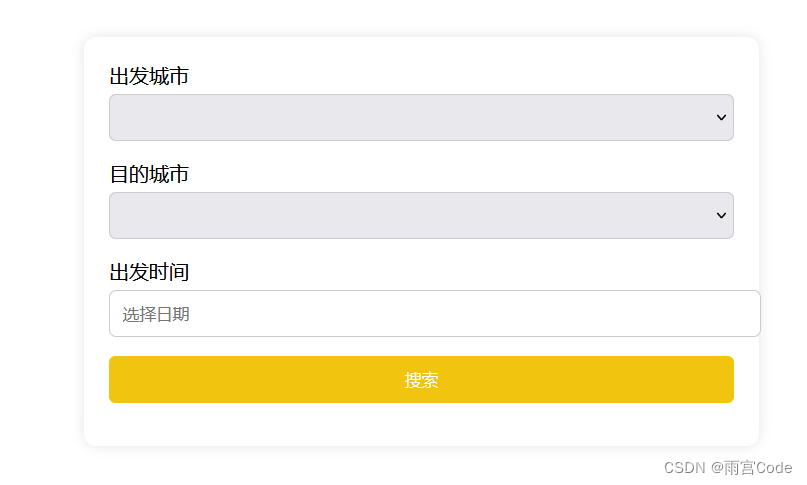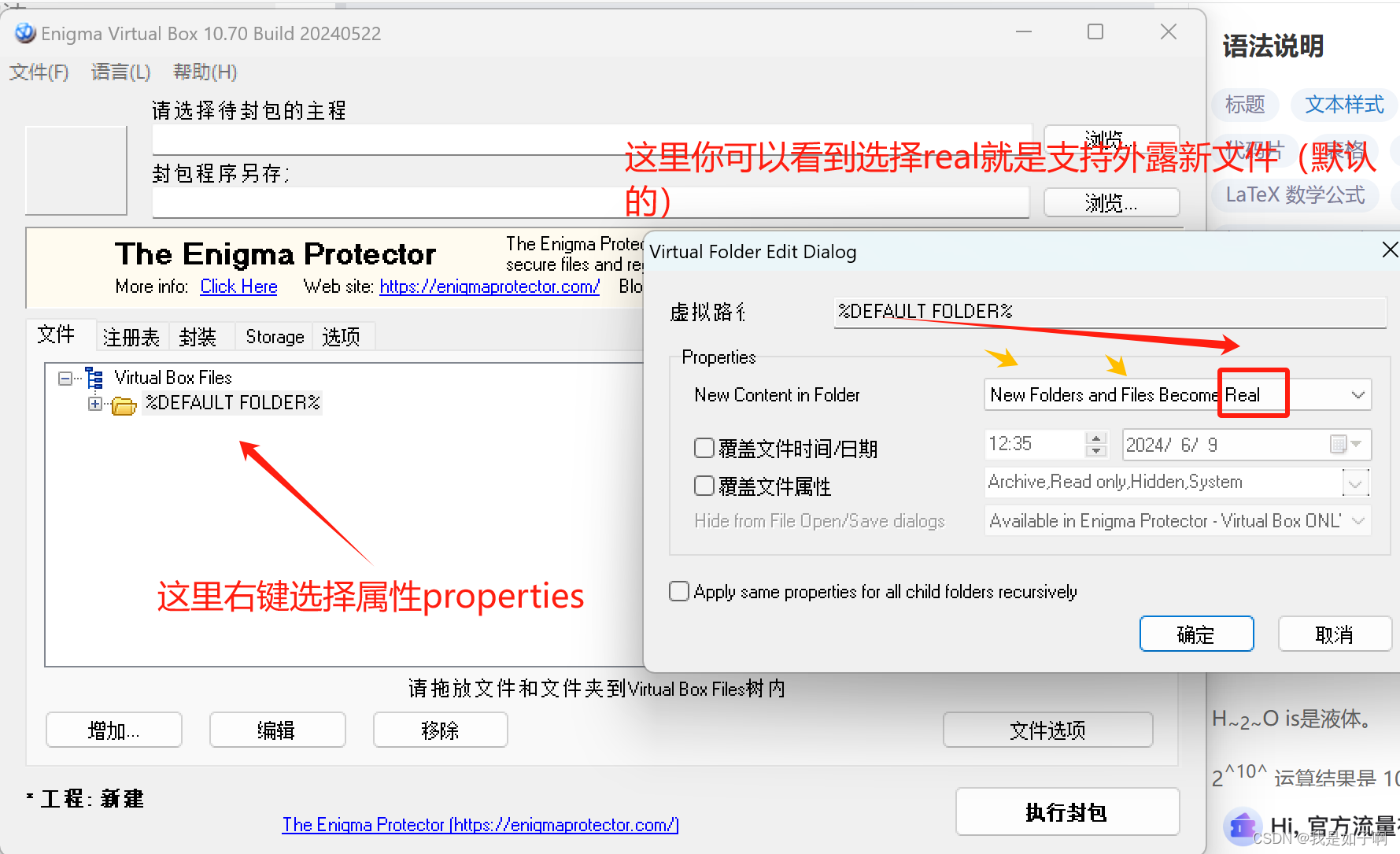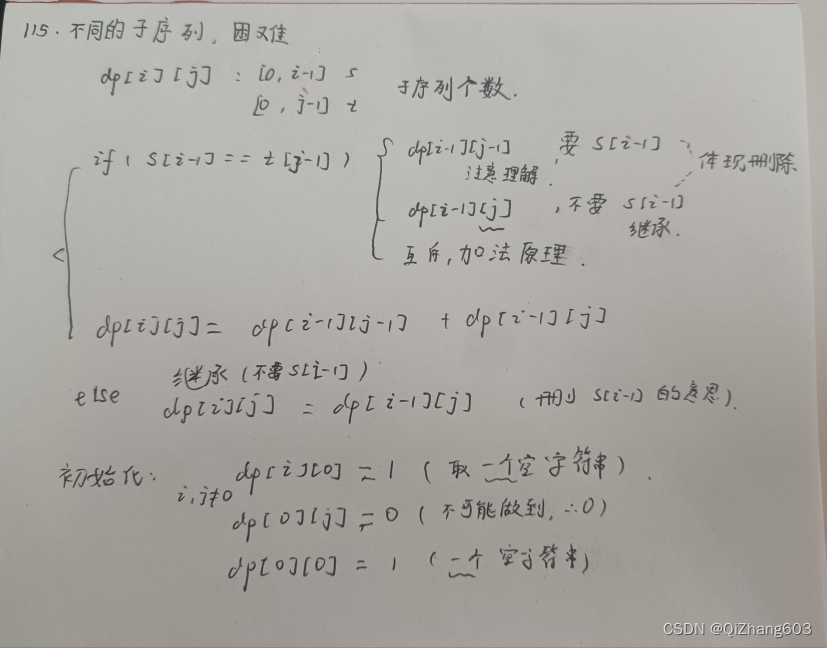
文章目录
- 引言
- 1. 错误详解
- 2. 常见的出错场景
- 2.1 文件路径错误
- 2.2 文件名拼写错误
- 2.3 文件权限问题
- 2.4 文件路径未正确拼接
- 3. 解决方案
- 3.1 检查文件路径
- 3.2 使用相对路径和类路径
- 3.3 检查文件权限
- 3.4 使用文件选择器
- 4. 预防措施
- 4.1 使用配置文件
- 4.2 使用日志记录
- 4.3 使用单元测试
- 4.4 使用相对路径和类路径
- 5. 示例项目
- 6. 单元测试
- 6.1 MainTest.java
- 结语
引言
在Java编程中,FileNotFoundException 是一种常见的受检异常,通常发生在试图打开一个不存在的文件或文件路径错误时。这类错误提示为:“FileNotFoundException: [file path] (No such file or directory)”,意味着程序无法找到指定的文件。本文将详细探讨FileNotFoundException的成因、解决方案以及预防措施,帮助开发者理解和避免此类问题,从而提高代码的健壮性和可靠性。
1. 错误详解
FileNotFoundException 是一种由 Java 运行时环境抛出的异常,表示程序试图访问一个不存在的文件或目录。该异常是 IOException 的子类,属于受检异常,必须在代码中显式处理。
2. 常见的出错场景
2.1 文件路径错误
最常见的情况是文件路径错误,导致JVM在运行时无法找到所需的文件。
java">import java.io.*;public class Main {public static void main(String[] args) {try {FileReader reader = new FileReader("nonexistentfile.txt"); // 文件路径错误,将抛出FileNotFoundException} catch (FileNotFoundException e) {System.out.println("文件未找到: " + e.getMessage());}}
}
2.2 文件名拼写错误
文件名拼写错误也会导致FileNotFoundException。
java">import java.io.*;public class Main {public static void main(String[] args) {try {FileReader reader = new FileReader("example.tx"); // 文件名拼写错误,将抛出FileNotFoundException} catch (FileNotFoundException e) {System.out.println("文件未找到: " + e.getMessage());}}
}
2.3 文件权限问题
文件权限不足,导致程序无法访问文件。
java">import java.io.*;public class Main {public static void main(String[] args) {try {FileReader reader = new FileReader("/root/secretfile.txt"); // 文件权限不足,将抛出FileNotFoundException} catch (FileNotFoundException e) {System.out.println("文件未找到或权限不足: " + e.getMessage());}}
}
2.4 文件路径未正确拼接
在构建文件路径时未正确拼接,导致路径错误。
java">import java.io.*;public class Main {public static void main(String[] args) {String directory = "/home/user/";String filename = "example.txt";String filepath = directory + filename; // 拼接文件路径try {FileReader reader = new FileReader(filepath);} catch (FileNotFoundException e) {System.out.println("文件未找到: " + e.getMessage());}}
}
3. 解决方案
解决FileNotFoundException的关键在于确保文件路径正确,文件存在,并且程序具有访问权限。
3.1 检查文件路径
在访问文件之前,检查文件路径是否正确,并确保文件存在。
java">import java.io.*;public class Main {public static void main(String[] args) {String filepath = "example.txt";File file = new File(filepath);if (file.exists()) {try {FileReader reader = new FileReader(filepath);BufferedReader br = new BufferedReader(reader);String line;while ((line = br.readLine()) != null) {System.out.println(line);}br.close();} catch (IOException e) {System.out.println("读取文件时发生错误: " + e.getMessage());}} else {System.out.println("文件未找到: " + filepath);}}
}
3.2 使用相对路径和类路径
确保使用正确的相对路径或类路径访问文件,避免硬编码绝对路径。
java">import java.io.*;
import java.net.URL;public class Main {public static void main(String[] args) {ClassLoader classLoader = Main.class.getClassLoader();URL resource = classLoader.getResource("example.txt");if (resource != null) {try {FileReader reader = new FileReader(resource.getFile());BufferedReader br = new BufferedReader(reader);String line;while ((line = br.readLine()) != null) {System.out.println(line);}br.close();} catch (IOException e) {System.out.println("读取文件时发生错误: " + e.getMessage());}} else {System.out.println("文件未找到");}}
}
3.3 检查文件权限
确保程序具有访问文件的权限,特别是在需要读取或写入系统文件时。
java">import java.io.*;public class Main {public static void main(String[] args) {String filepath = "/root/secretfile.txt";File file = new File(filepath);if (file.exists() && file.canRead()) {try {FileReader reader = new FileReader(filepath);BufferedReader br = new BufferedReader(reader);String line;while ((line = br.readLine()) != null) {System.out.println(line);}br.close();} catch (IOException e) {System.out.println("读取文件时发生错误: " + e.getMessage());}} else {System.out.println("文件未找到或无访问权限: " + filepath);}}
}
3.4 使用文件选择器
使用文件选择器(如JFileChooser)选择文件,避免手动输入路径错误。
java">import javax.swing.*;
import java.io.*;public class Main {public static void main(String[] args) {JFileChooser fileChooser = new JFileChooser();int result = fileChooser.showOpenDialog(null);if (result == JFileChooser.APPROVE_OPTION) {File file = fileChooser.getSelectedFile();try {FileReader reader = new FileReader(file);BufferedReader br = new BufferedReader(reader);String line;while ((line = br.readLine()) != null) {System.out.println(line);}br.close();} catch (IOException e) {System.out.println("读取文件时发生错误: " + e.getMessage());}} else {System.out.println("未选择文件");}}
}
4. 预防措施
4.1 使用配置文件
使用配置文件(如properties文件)存储文件路径,避免硬编码路径。
java">import java.io.*;
import java.util.Properties;public class Main {public static void main(String[] args) {try {Properties properties = new Properties();properties.load(new FileInputStream("config.properties"));String filepath = properties.getProperty("filepath");FileReader reader = new FileReader(filepath);BufferedReader br = new BufferedReader(reader);String line;while ((line = br.readLine()) != null) {System.out.println(line);}br.close();} catch (IOException e) {System.out.println("读取文件时发生错误: " + e.getMessage());}}
}
4.2 使用日志记录
在程序中使用日志记录文件访问的尝试和错误,帮助调试和定位问题。
java">import java.io.*;
import java.util.logging.*;public class Main {private static final Logger logger = Logger.getLogger(Main.class.getName());public static void main(String[] args) {String filepath = "example.txt";File file = new File(filepath);if (file.exists()) {try {FileReader reader = new FileReader(filepath);BufferedReader br = new BufferedReader(reader);String line;while ((line = br.readLine()) != null) {System.out.println(line);}br.close();} catch (IOException e) {logger.log(Level.SEVERE, "读取文件时发生错误", e);}} else {logger.log(Level.WARNING, "文件未找到: " + filepath);}}
}
4.3 使用单元测试
编写单元测试来验证文件访问的正确性,确保代码在各种边界条件下都能正确运行。
java">import org.junit.Test;
import java.io.*;
import static org.junit.Assert.*;public class MainTest {@Testpublic void testFileRead() {String filepath = "example.txt";File file = new File(filepath);if (file.exists()) {try {FileReader reader = new FileReader(filepath);BufferedReader br = new BufferedReader(reader);String line = br.readLine();assertNotNull(line); // 验证文件内容不为空br.close();} catch (IOException e) {fail("读取文件时发生错误: " + e.getMessage());}} else {fail("文件未找到: " + filepath);}}
}
4.4 使用相对路径和类路径
使用相对路径和类路径访问文件,确保文件能够随程序一起部署和
访问。
java">import java.io.*;
import java.net.URL;public class Main {public static void main(String[] args) {ClassLoader classLoader = Main.class.getClassLoader();URL resource = classLoader.getResource("example.txt");if (resource != null) {try {FileReader reader = new FileReader(resource.getFile());BufferedReader br = new BufferedReader(reader);String line;while ((line = br.readLine()) != null) {System.out.println(line);}br.close();} catch (IOException e) {System.out.println("读取文件时发生错误: " + e.getMessage());}} else {System.out.println("文件未找到");}}
}
5. 示例项目
以下是一个示例项目,展示如何正确处理文件路径和访问,避免FileNotFoundException。
5.1 项目结构
myproject
├── src
│ └── main
│ └── java
│ ├── Main.java
│ ├── ConfigReader.java
│ └── LoggerConfig.java
├── resources
│ └── example.txt
│ └── config.properties
└── pom.xml
java_369">5.2 Main.java
java">import java.io.*;
import java.util.logging.*;public class Main {private static final Logger logger = Logger.getLogger(Main.class.getName());public static void main(String[] args) {LoggerConfig.configureLogger(logger);ConfigReader configReader = new ConfigReader();String filepath = configReader.getFilePath("filepath");if (filepath != null) {try {FileReader reader = new FileReader(filepath);BufferedReader br = new BufferedReader(reader);String line;while ((line = br.readLine()) != null) {System.out.println(line);}br.close();} catch (IOException e) {logger.log(Level.SEVERE, "读取文件时发生错误", e);}} else {logger.log(Level.WARNING, "文件路径未在配置文件中找到");}}
}
java_402">5.3 ConfigReader.java
java">import java.io.*;
import java.util.Properties;public class ConfigReader {public String getFilePath(String key) {try {Properties properties = new Properties();properties.load(getClass().getClassLoader().getResourceAsStream("config.properties"));return properties.getProperty(key);} catch (IOException e) {e.printStackTrace();return null;}}
}
java_422">5.4 LoggerConfig.java
java">import java.util.logging.*;public class LoggerConfig {public static void configureLogger(Logger logger) {try {LogManager.getLogManager().readConfiguration(LoggerConfig.class.getClassLoader().getResourceAsStream("logging.properties"));} catch (IOException e) {e.printStackTrace();}}
}
5.5 config.properties
filepath=example.txt
5.6 logging.properties
handlers= java.util.logging.ConsoleHandler
.level= INFOjava.util.logging.ConsoleHandler.level = INFO
java.util.logging.ConsoleHandler.formatter = java.util.logging.SimpleFormatter
6. 单元测试
编写单元测试来验证文件访问的正确性,确保代码在各种边界条件下都能正确运行。
java_458">6.1 MainTest.java
java">import org.junit.Test;
import java.io.*;
import static org.junit.Assert.*;public class MainTest {@Testpublic void testFileRead() {ConfigReader configReader = new ConfigReader();String filepath = configReader.getFilePath("filepath");assertNotNull("文件路径不应为空", filepath);File file = new File(filepath);if (file.exists()) {try {FileReader reader = new FileReader(filepath);BufferedReader br = new BufferedReader(reader);String line = br.readLine();assertNotNull(line); // 验证文件内容不为空br.close();} catch (IOException e) {fail("读取文件时发生错误: " + e.getMessage());}} else {fail("文件未找到: " + filepath);}}
}
结语
理解并有效处理FileNotFoundException对于编写健壮的Java程序至关重要。通过本文提供的解决方案和预防措施,开发者可以有效避免和解决这类错误,提高代码质量和可靠性。希望本文能帮助你更好地理解和处理文件访问问题,从而编写出更加可靠的Java应用程序。





